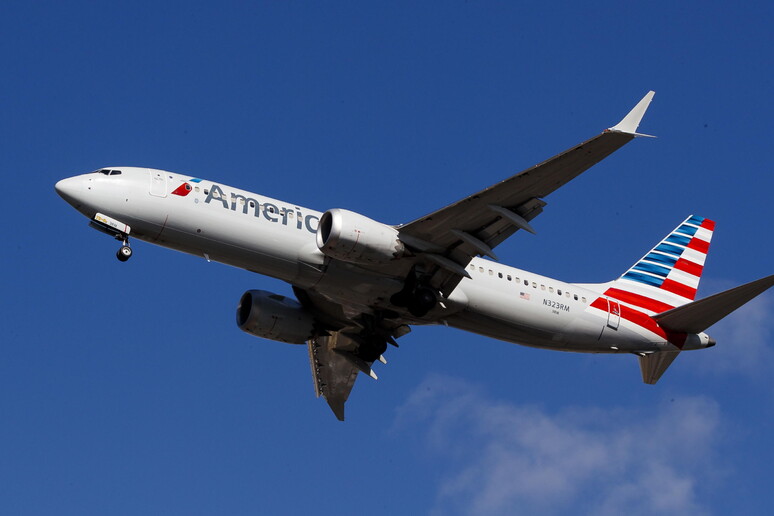The transatlantic flight of American Airlines 780 didn’t end as planned. Taking off the evening of Monday, June 2nd from Philadelphia International Airport, the Boeing was scheduled to land in Naples the following day at 10 a.m. local time. But the journey took an unexpected turn when, just a few miles from its destination, the plane reversed course, flew back over the Tyrrhenian Sea, and then headed toward Rome.
The airline cited “operational limitations” as the cause of the diversion. In reality, what prevented the aircraft from landing in the southern Italian city was a detail far from negligible: its size.
The aircraft at the center of this story is a Boeing 787-9 Dreamliner, one of the most advanced and high-performing planes in the American Airlines fleet. Measuring nearly 207 feet in length, with a wingspan of 197 feet and a capacity of over 290 passengers, it was designed for long-haul, high-efficiency flights. It’s about 20 feet longer than its “younger sibling,” the 787-8, which American normally uses for flights to the Italian city.
That extra handful of feet made the difference: Capodichino Airport, although equipped for international routes, is not structured to safely handle the landing of aircraft of that size. It’s likely that factors such as runway length, maneuvering procedures, and infrastructure limitations contributed to the decision to divert to Fiumicino.
On board were 231 passengers and 11 crew members, ready to conclude their long journey an get under the Campanian sun. But waiting for them at the new destination wasn’t a view of Naples, but a line of buses to cover the final 140 miles by road. The transfer, which lasted over three hours, completed a trip that was supposed to end much sooner.












